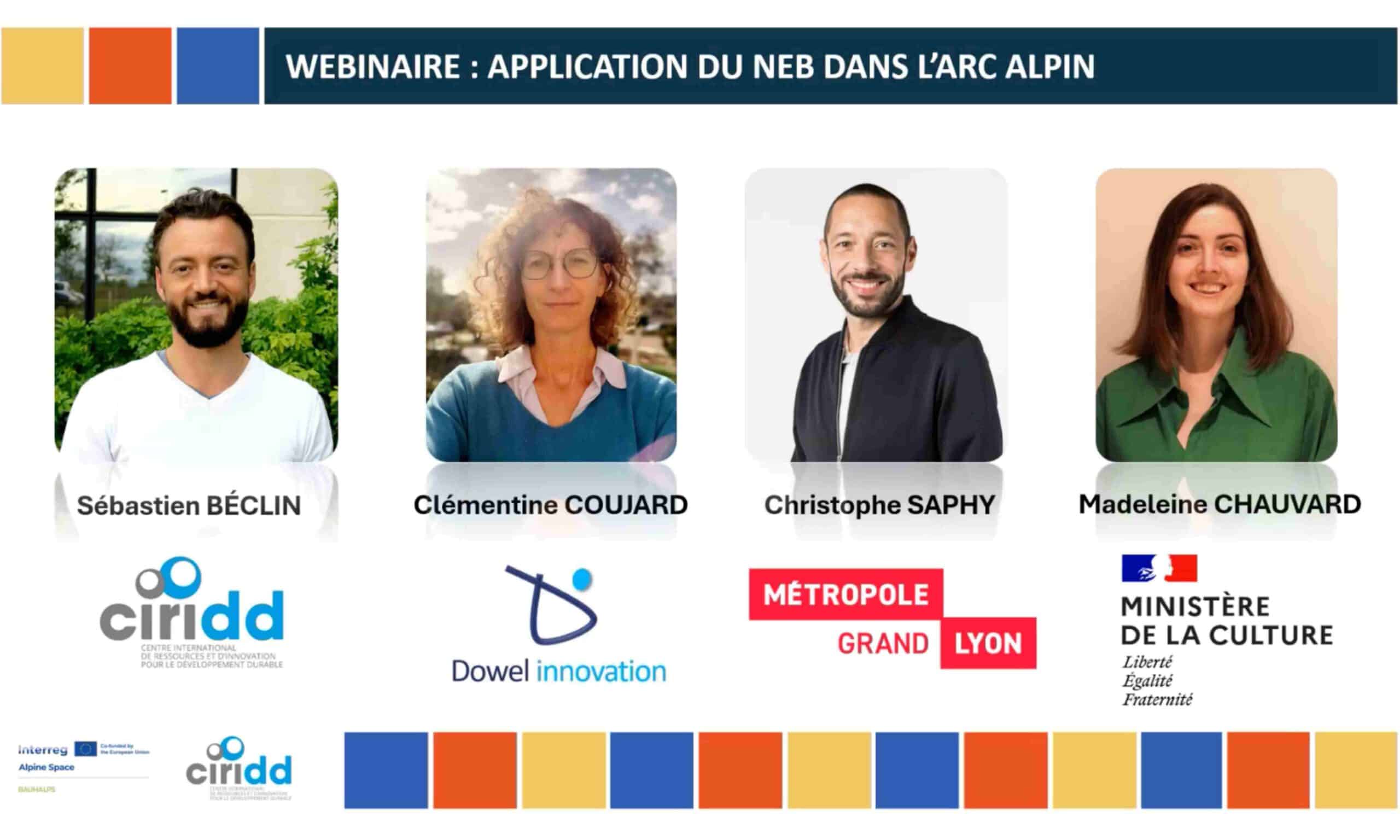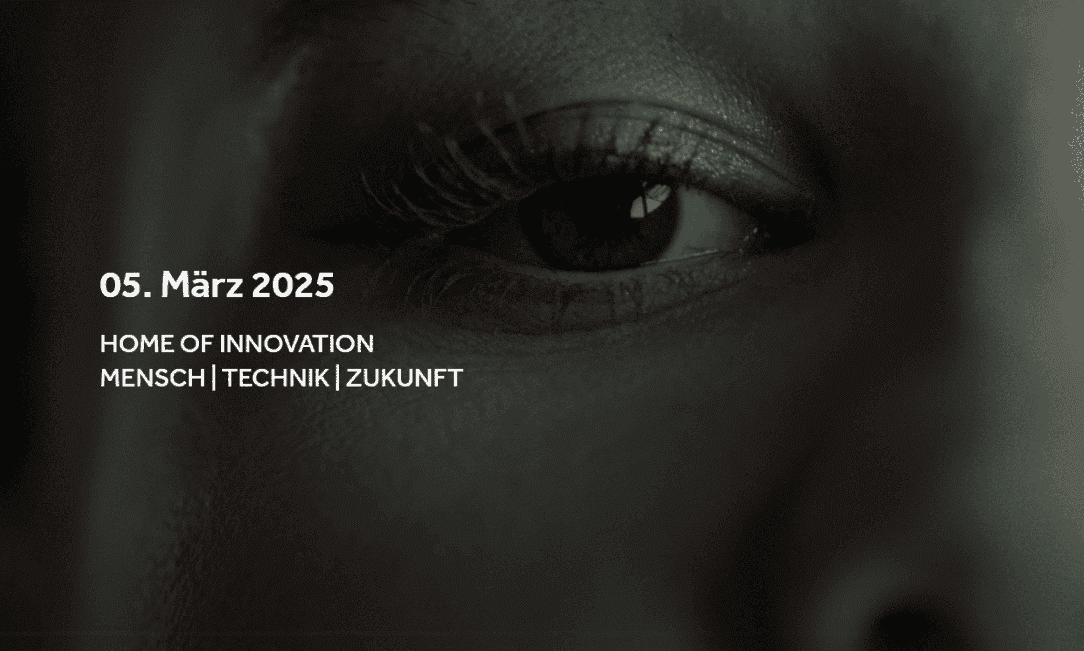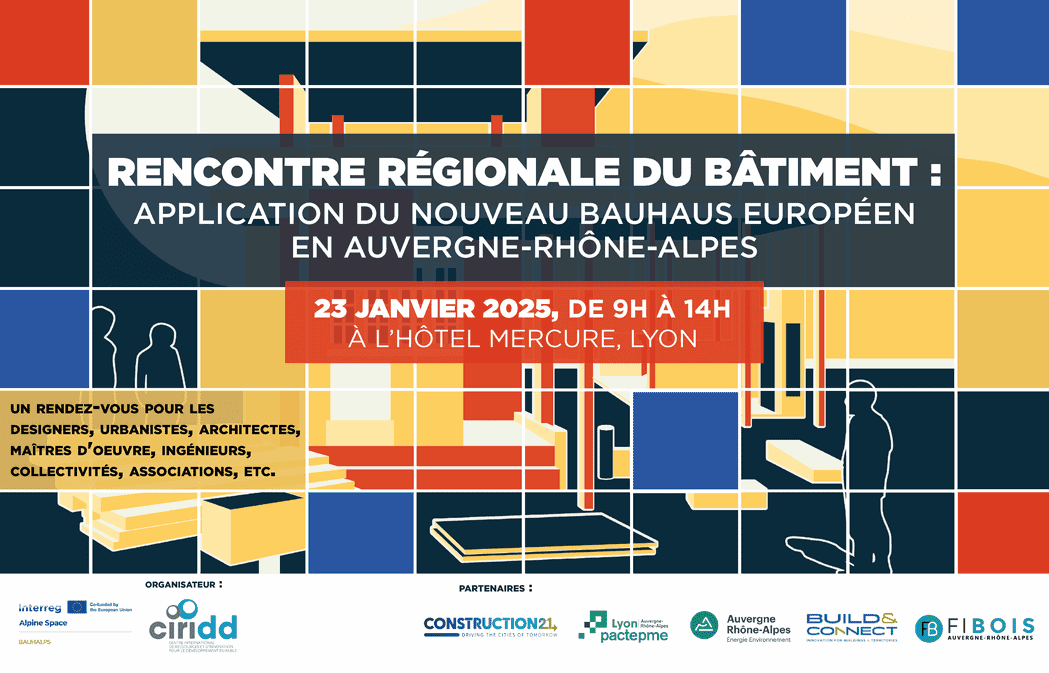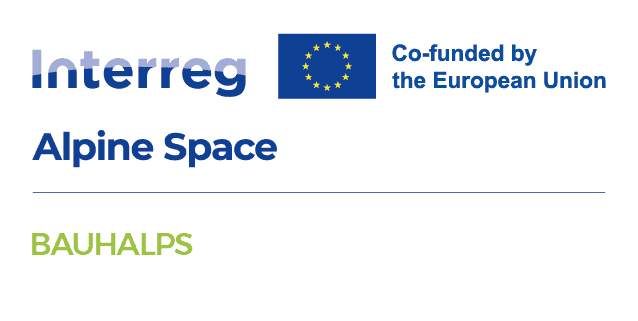
Overview
The built environment accounts for at least 40% of anthropogenic greenhouse gas emissions, according to the European Commission. For the Alps, the critical challenge is to use local resources effectively while ensuring the consistent application of EU rules and encouraging the adoption of common standards across the building value chain. BAUHALPS addresses these challenges by developing and testing a model that combines New European Bauhaus concepts with sustainability measurements and indicators in an innovative way. With the support of the local communities, the projects reunites sustainable, aesthetic and cultural aspects in the Alpine building sector.
Factsheet
- 2021 – 2027
- Carbon neutral and resource sensitive Alpine region
- SO 2.2 - Promoting the transition to a circular and resource efficient economy
-
- AG2 Economic development
- 09/2024
- 08/2027
- 2.739.188 EUR
- 1.919.390 EUR
Partners
- 45.437190812.3345898
- 45.44014674.3873058
- 45.883886811.021216
- 47.801325113.0185319
- 48.192908416.3785012
- 49.450126111.1021933
- 47.562112810.224999045194549
- 47.867467812.1072215
- 48.52453147.7352603
- 46.049382114.4607368
- 46.050570614.5637132
- 45.407717211.8734455
- 47.013323358.305830254870276


















Outcomes
-
BAUHALPS Model
Conceptualization of the New European Bauhaus/NEB-based Circular Building Model to support the green transformation of the building sector: art-thinking approach applied to the building sector to promote innovative models for the implementation of circular building practices and closing the building lifecycle in recognition of a region’s specific operational context. -
Assessing the circularity performance of buildings with the toolkit
The pilot action is addressed to the toolkit that includes the 3 dimensions of NEB (circularity, beauty, community) jointly with the circularity indicators. PPs will test the tools with 3 categories of buildings (educational purpose, public services and residential) and will produce data and technical reports to assess their performance on one side and populate them of contents/data from the other for the project follow up. -
BAUHAUS toolkit
The toolkit is the solution to enhance the green transformation of the building sector according to the NEB principles. The toolkit, jointly with the 5 executive plans as showcases will be validated and up take by PPs and the building ecosystem (architects, engineering, building association, etc) with the signature of LoI. -
Action Plan for the green transformation of the building sector
The action plan implement the BAUHALPS strategy focusing on: a) NEB-based CV for building managers, vocational trainings, etc addressed to Labor agencies, Regional actors, Academic institutions, architects, building workers' association for the implementation; b) a set of criteria combining DNSH and NEB for green investment in building sector for regional authorities. Regional authorities, local building community will sign LoI for the uptake
Project calendar
